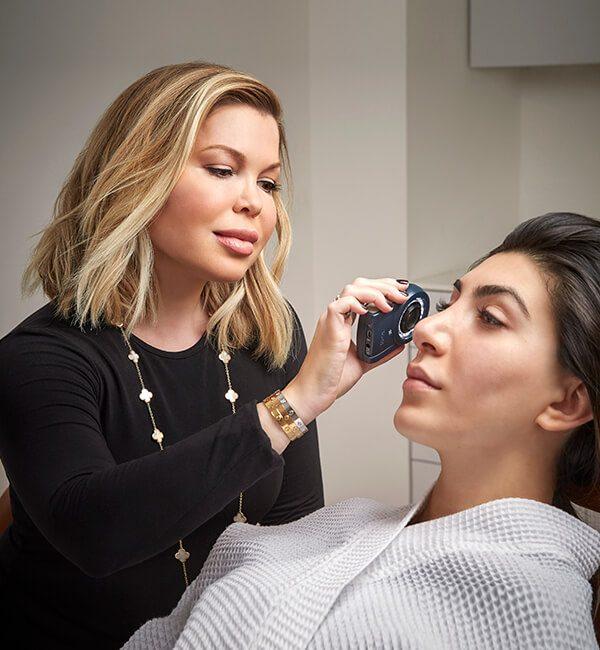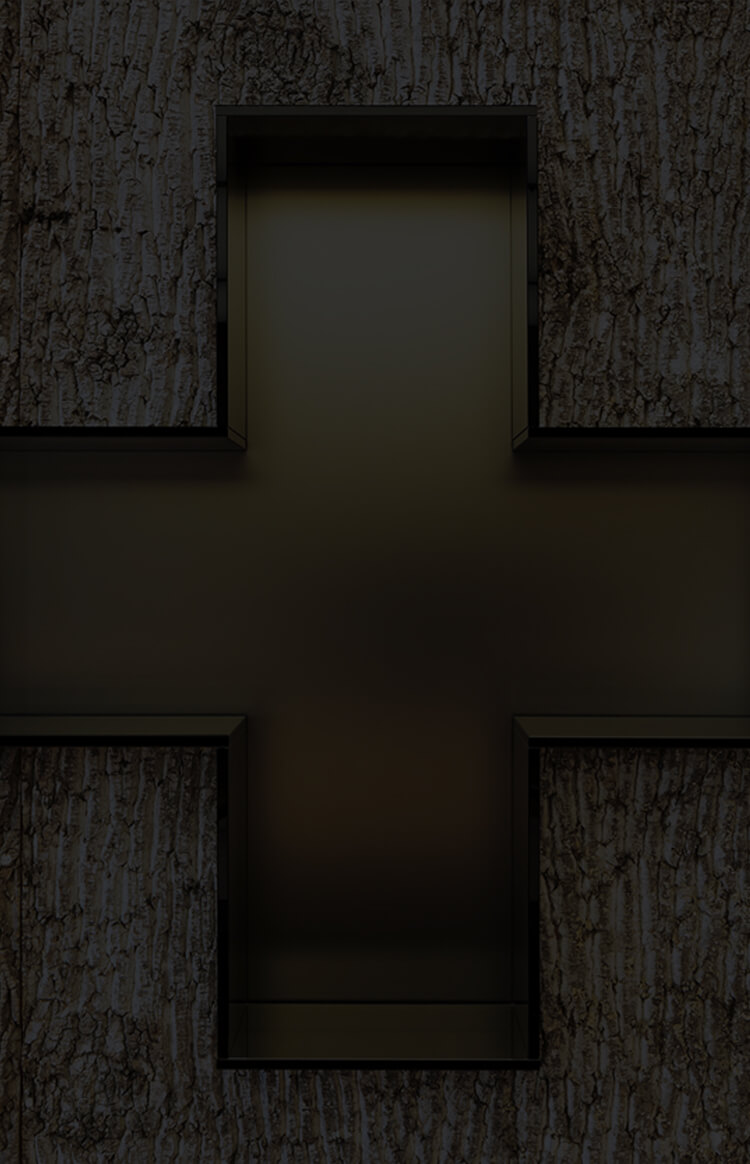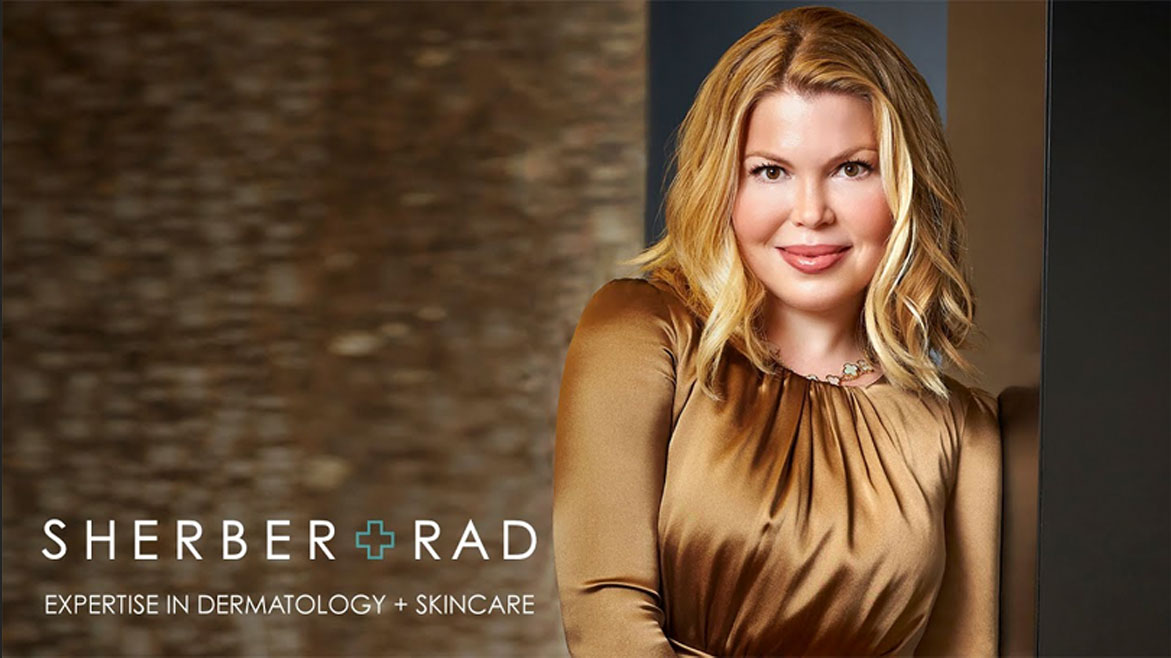- Dermatology
- Plastic Surgery
- Ariel N. Rad, M.D., PH.D.
- Face Cosmetic Surgery
- Breast Cosmetic Surgery
- Body Contouring
- Breast Cancer Reconstruction
- Destination & Travel Package
- Gallery
- Testimonials
- Boutique
- PRESS + BLOG



The Cutera LimeLight IPL system utilizes a cutting edge system of wavelengths ranging from 520-1100nm to target low contrast or high contrast pigmentation.
Since this system is so tunable, Dr. Sherber can generate inflammation against the unwanted spots – which is how the body will clear them from the skin – without inflaming the surrounding skin.

Dr. Sherber uses a ginger approach with this technology, spot-treating rather than treating 100% of the skin surface to minimize downtime and to focus the energy where it is most needed.
Often, Dr. Sherber will perform spot treatment with LimeLight after full face, neck, chest, and hands treatment with the *Clear+Brilliant* or *Perméa* lasers.
Depending on the depth of the pigmentation, several treatments spaced several weeks apart may be required.
Depending on the area being treated, the skin may be prepped with numbing cream. The treatment feels like rubber band snaps, and often only one pulse is needed on each spot. Over the following days, the pigmentation breaks up into a ‘coffee grounds’ or peppered appearance, and then disappears.
For sunspots in areas that need more global rejuvenation such as improvements in texture and luminosity, the Perméa may be the preferable treatment.
IPL cannot be performed on tanned skin as it risks permanently damaging the skin’s pigmentation.
Deeper skin tones may not be ideal candidates for this treatment. We will perform a test spot if needed to ensure safety before treatment.
The Pearl Fractional is the only laser to use the 2790nm YSGG wavelength that was engineered to be a hybrid between CO2 and Erbium lasers, incorporating the best of each technology into one.
This laser makes a tiny grid on skin that ablates the skin surface and delivers strong energy into the collagen layer to produce a dramatic increase in collagen production that persists for 6 months post-treatment.
The end result is smoother skin with more refined texture.
The thermal impact of this laser is very controlled, making it safe for use in skin types prone to pigmentation.
It can also be used safely in skin that has acne scarring or traumatic scars.
For someone looking for a one-and-done treatment that will produce the maximum amount of new collagen possible for your particular skin, this is an ideal solution.
Depending on the area being treated, the skin may be prepped with numbing cream.
The treatment feels like rubber band snaps, and often only one pulse is needed on each spot.
Over the following days, the pigmentation breaks up into a ‘coffee grounds’ or peppered appearance, and then disappears.
For sunspots in areas that need more global rejuvenation such as improvements in texture and luminosity, the Perméa may be the preferable treatment.



Dr. Sherber graduated magna cum laude from Harvard University, where she designed and implemented a novel degree program in health policy focused on assessing and improving quality of care. She next attended the Johns Hopkins University School of Medicine where she earned her M.D. degree. Following a post-doctoral fellowship in clinical research at Columbia University, she returned to Johns Hopkins for dermatology residency training and conducted research in scar healing and in disorders of abnormal collagen. She is now a Clinical Assistant Professor at George Washington University in the Department of Dermatology.
Dr. Sherber treats unwanted hair with a combination of the CoolGlide 1064nm Nd:YAG laser and the ProWave LX to assure optimal results on all skin types.
While Snow White would be the ideal candidate for laser hair removal – dark hair and light skin – the CoolGlide is the first laser FDA cleared for permanent hair reduction in all skin types.
Do not plan intense sun exposure in the days before or after treatment.
Do not use self-tanners in the week preceding treatment.
Do not wax or tweeze for at least 2 weeks before treatment.
Shave the areas to be treated on the day of treatment.
Numbing cream generally isn’t needed before treatment, but can be applied to small areas that may be sensitive (such as underarms).
The treated areas may be pink for a few hours after treatment, and there may be hive-like bumps around the hair follicles for a few hours, as well.



We look forward to welcoming you for your private consultation
Enjoy a unique experience centered on your privacy and on unhurried attention to your concerns
Or Send a confidential inquiry and our staff will be happy to reach out to you
Sherber+Rad1101 15th St. NW, Suite 100, Washington, D.C. 20005